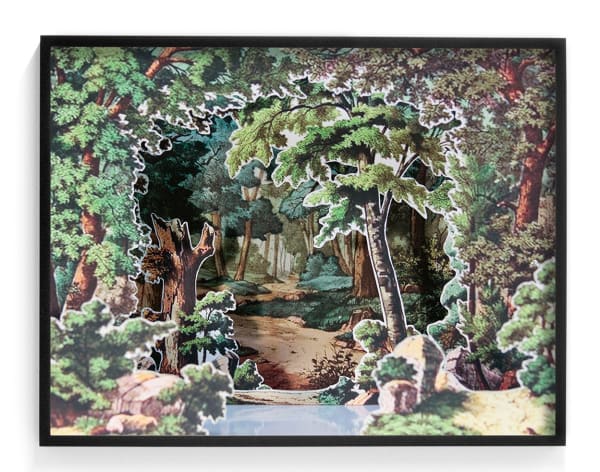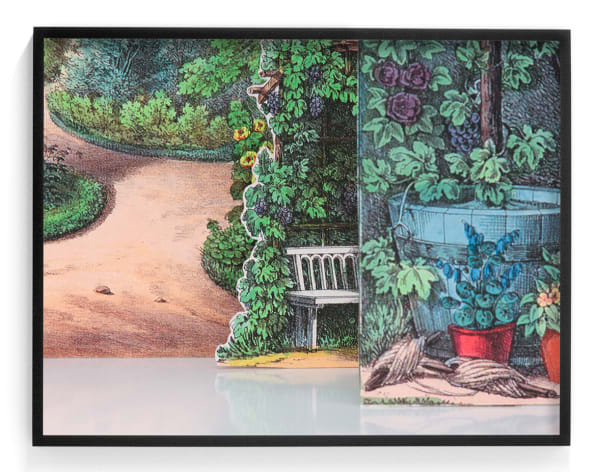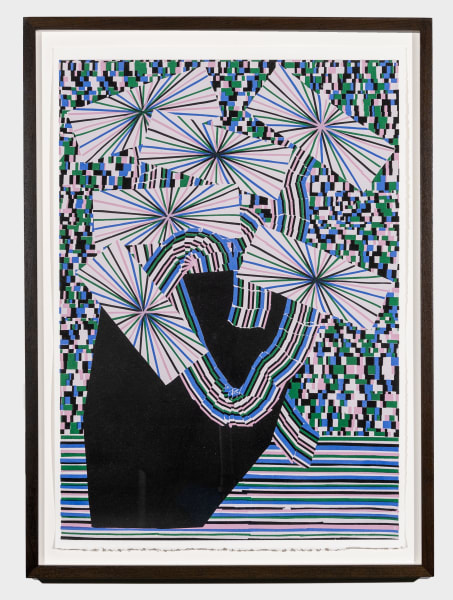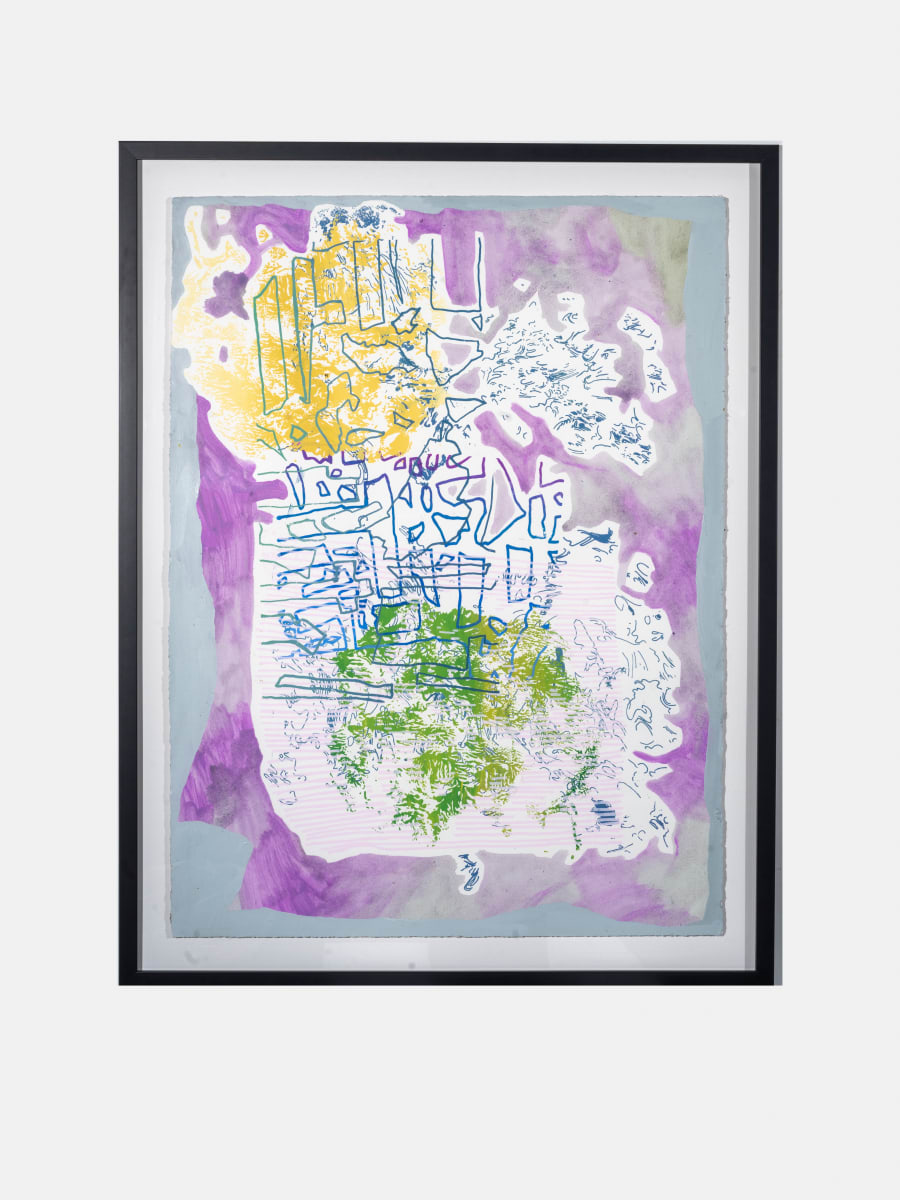Nature Morte (Sort of)
September 6, 2022–
March 3, 2023
Nature Morte (Sort of) in PCG's Hunt-Cavanagh Gallery, 2022. Image: Scott Alario
Nature Morte (Sort of)
September 6, 2022–
March 3, 2023
Hunt-Cavanagh Gallery
About the Exhibition
The still life, or nature morte, has been a constant subject throughout the history of art, its significance evolving over time. The link between still life and death can be traced all the way back to paintings adorning the walls of ancient Egyptian tombs, where heaps of florae and fruit illustrated the bounty of the afterlife. As an independent genre of art, however, the still life came into its own in the mid-seventeenth century when the Dutch still-life painters proliferated their stilleven oil paintings of arranged objects like flowers, foods, and other perishables. From the Flemish term stilleven, the German stilleben and the English ‘still life’ came into use, but their allusion to still or unmoving nature has never done full justice to the allegorical themes that underpin the tradition then and now. Some 100 years later, the French coined the name most suggestive of the layered symbolism of the genre and its poignant reminders of the transience and sensuality of life and the ever-present threat of the death: nature morte, literally ‘dead nature’.
Drawn entirely from Providence College Galleries’ permanent collection, the photography and printmaking on view in Nature Morte (Sort of) challenges the historical supremacy and redefines nature morte as an idea and artistic method. It also shows how artists continue to explore flora still life, drawing on the centuries-old tradition to create works of conceptual vivacity, beauty, and emotional poignancy. Bouquets and potted plants in fine art prints by Daniel Rios Rodriguez and Antonio Carrau infuse new cultural relevancy into traditional floral still life set ups, while Amy Beecher and Kate Blacklock’s photographs explore cut flowers as symbols of sex, pleasure, procreation… and certain death, too. Will Hutnick and Edwige Charlot take an even more expansive view of the still life, deconstructing it in mixed media prints that vaguely depict florae in an exploration of the sensuality and fecundity of nature in abstract art. Finally, Elizabeth Corkery’s dramatic installation, with photo-printed drapes and photographs of Victorian-era paper models, suggest imperial gardens as nature morte on a grand-scale, something that humanity attempts to control and design even if doing so proves fatal for vast swaths of the natural landscape.
Nature Morte (Sort of) is organized by Jamilee Lacy, PCG Director & Chief Curator, with Nichole Speciale, PCG Collections & Exhibitions Manager. Additional assistance provided by the following PC/PCG staff: Scott Alario, Paul Bienvenue, Angela Crenshaw, Elizabeth Corkery, Janice DiLustro, Alexis Gordon, Elizabeth Maynard, Kate McNamara and Andrew Nelson; and the following PC/PCG students:
Lead funding for this exhibition is generously provided by Providence College’s Office of Academic Affairs and Eric “Pete” Peterson (PC‘86) and Theresa Cairns Peterson (PC‘89). Additional support provided by Providence College’s School of Arts & Sciences and Department of Art & Art History.
Exhibition Images
-
view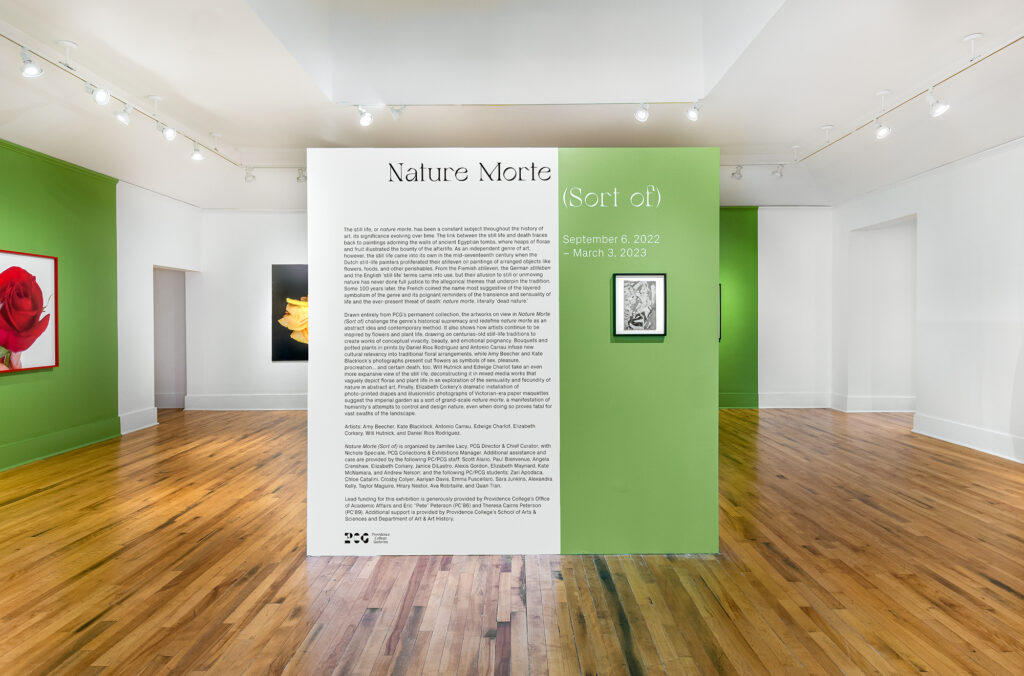
Nature Morte (Sort of) in PCG's Hunt-Cavanagh Gallery, 2022. Image: Scott Alario -
view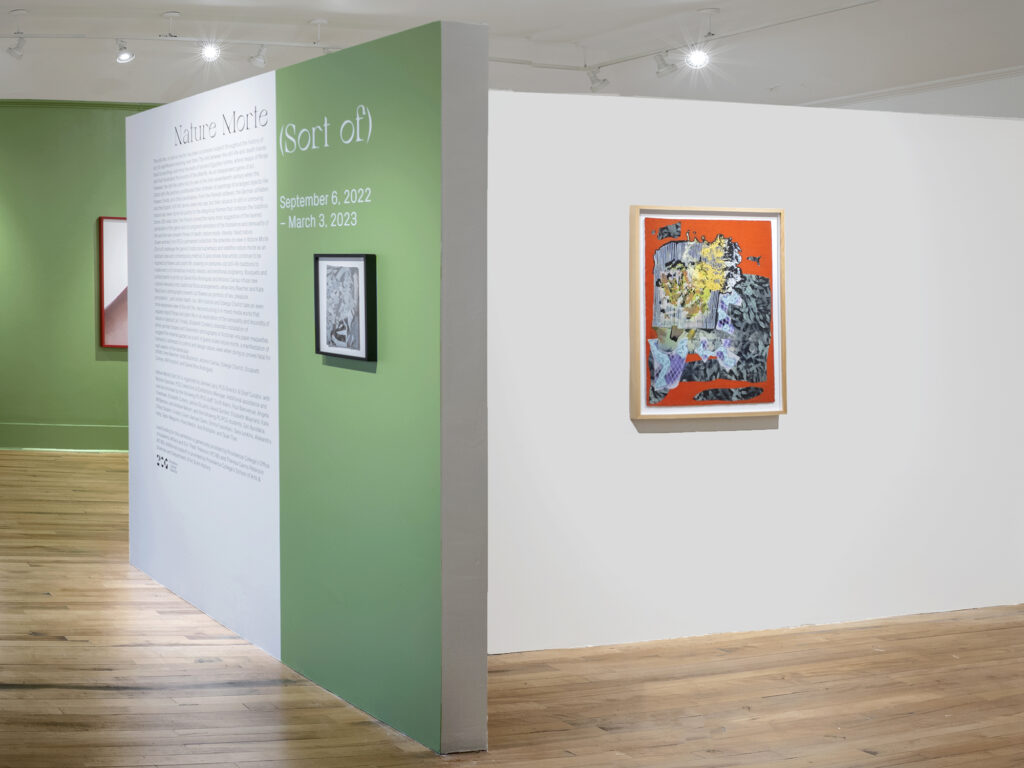
Nature Morte (Sort Of) presented in PCG's Hunt-Cavanagh Gallery, 2022. Image: Scott Alario -
view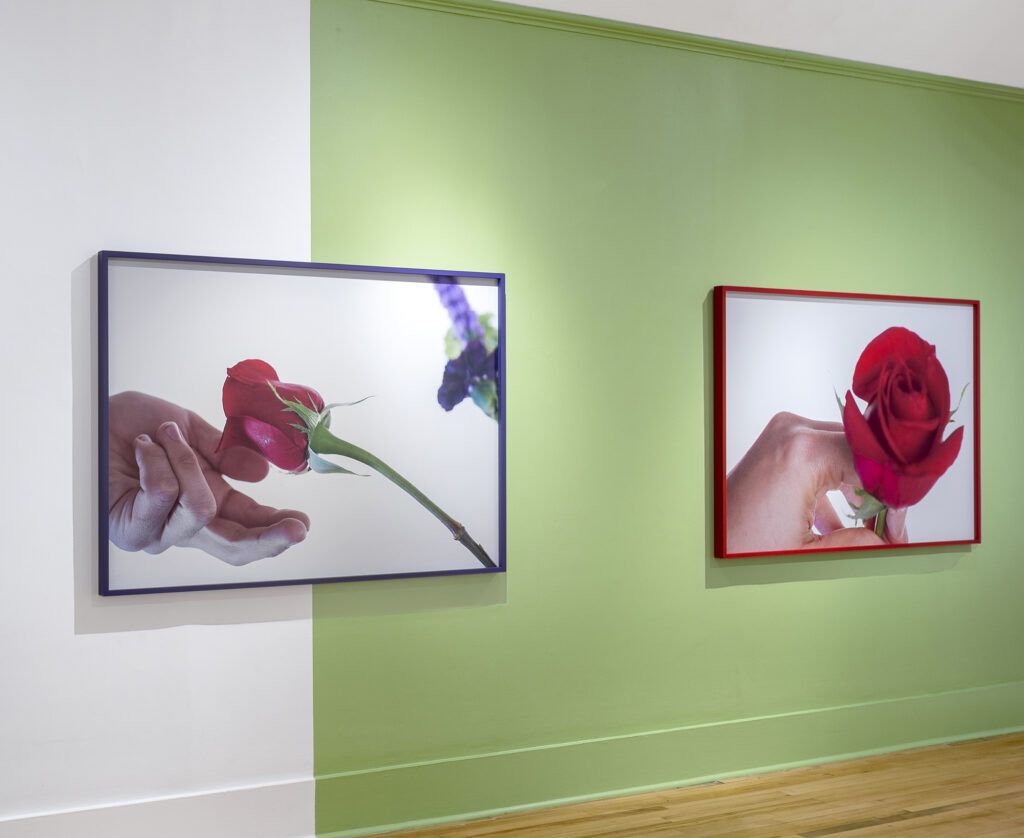
Amy Beecher Beautiful Beautiful Beautiful Rose I and II on view in Nature Morte (Sort Of) presented in PCG's Hunt-Cavanagh Gallery, 2022. Image: Scott Alario -
view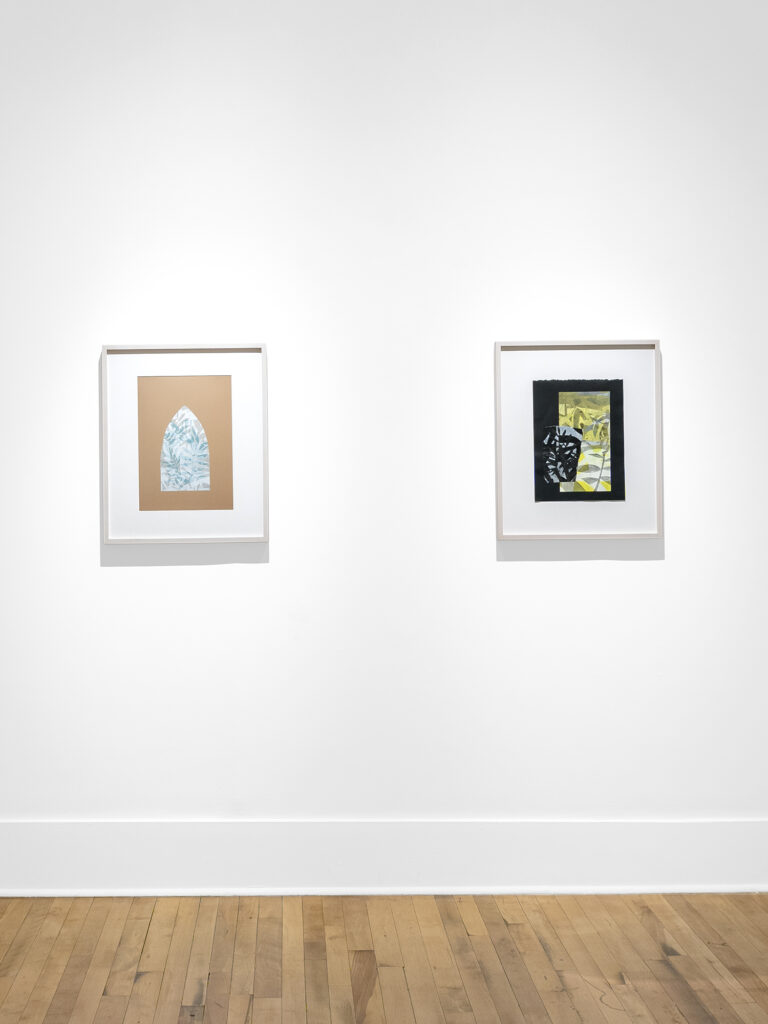
Edwige Charlot on view in Nature Morte (Sort Of) presented in PCG's Hunt-Cavanagh Gallery, 2022. Image: Scott Alario -
view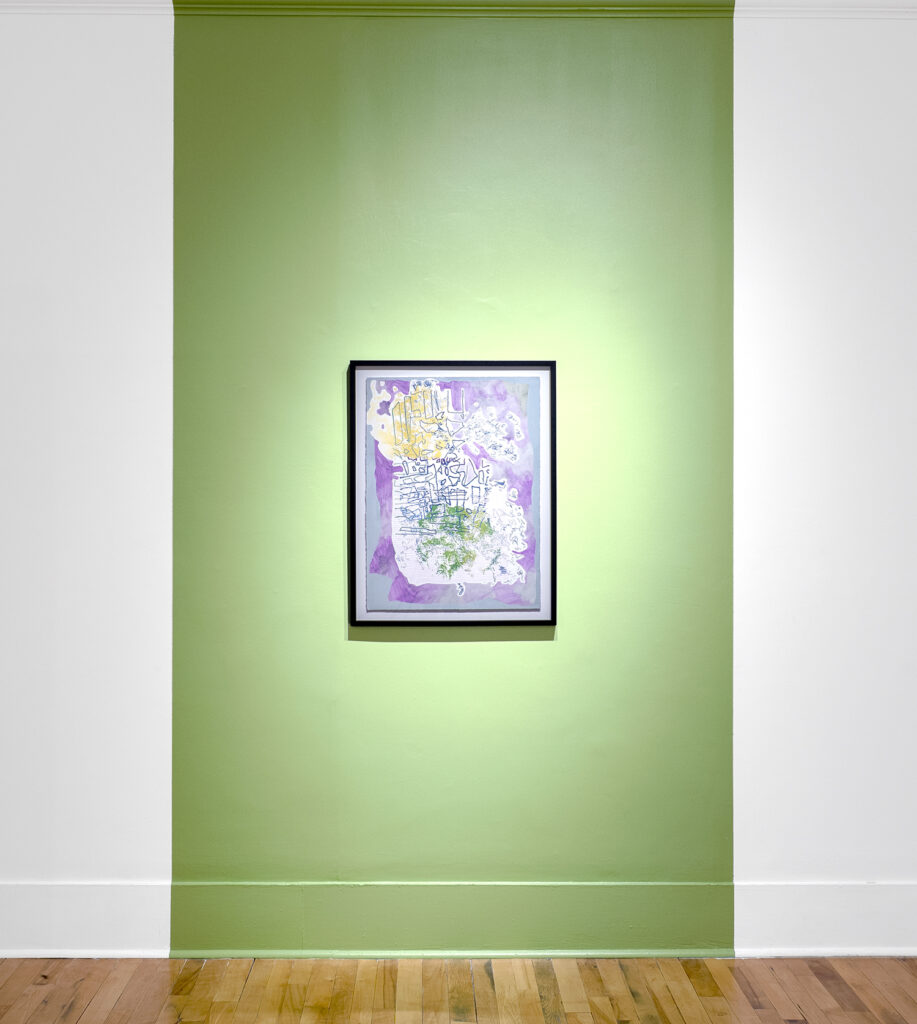
Will Hutnick Untitled Coordinates on view in Nature Morte (Sort Of) presented in PCG's Hunt-Cavanagh Gallery, 2022. Image: Scott Alario -
view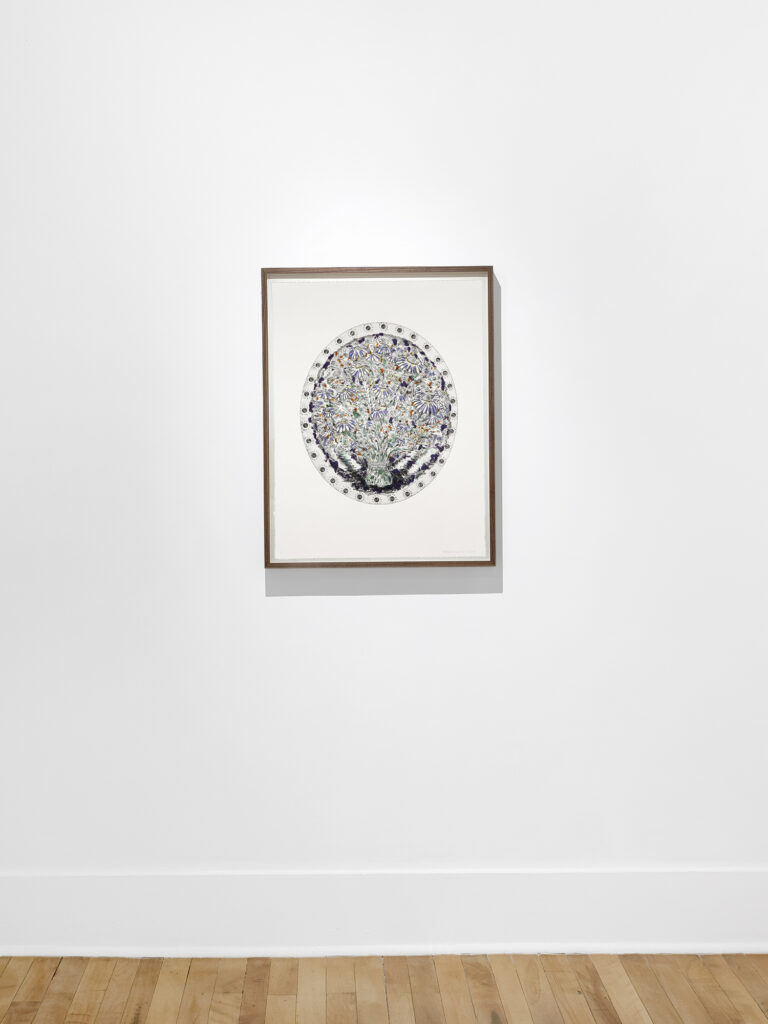
Daniel Rios Rodriguez Mim's 1 on view in Nature Morte (Sort Of) presented in PCG's Hunt-Cavanagh Gallery, 2022. Image: Scott Alario -
view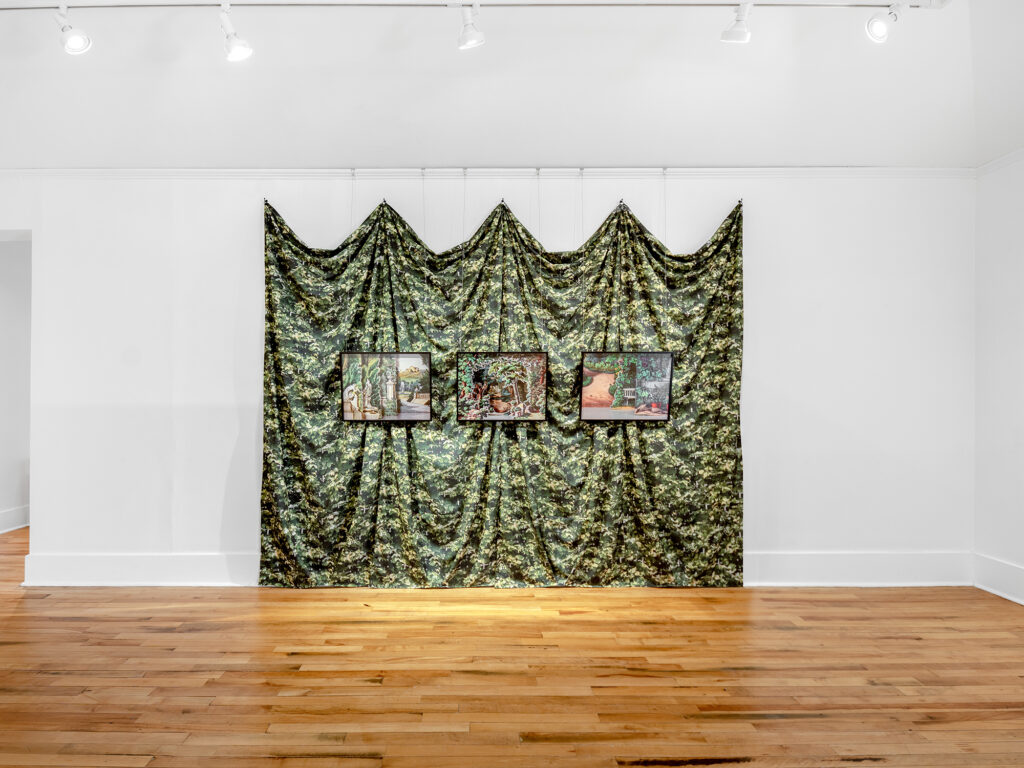
Elizabeth Corkery on view in Nature Morte (Sort Of) presented in PCG's Hunt-Cavanagh Gallery, 2022. Image: Scott Alario -
view
Antonio Carrau Still Life I and II on view in Nature Morte (Sort Of) presented in PCG's Hunt-Cavanagh Gallery, 2022. Image: Scott Alario -
view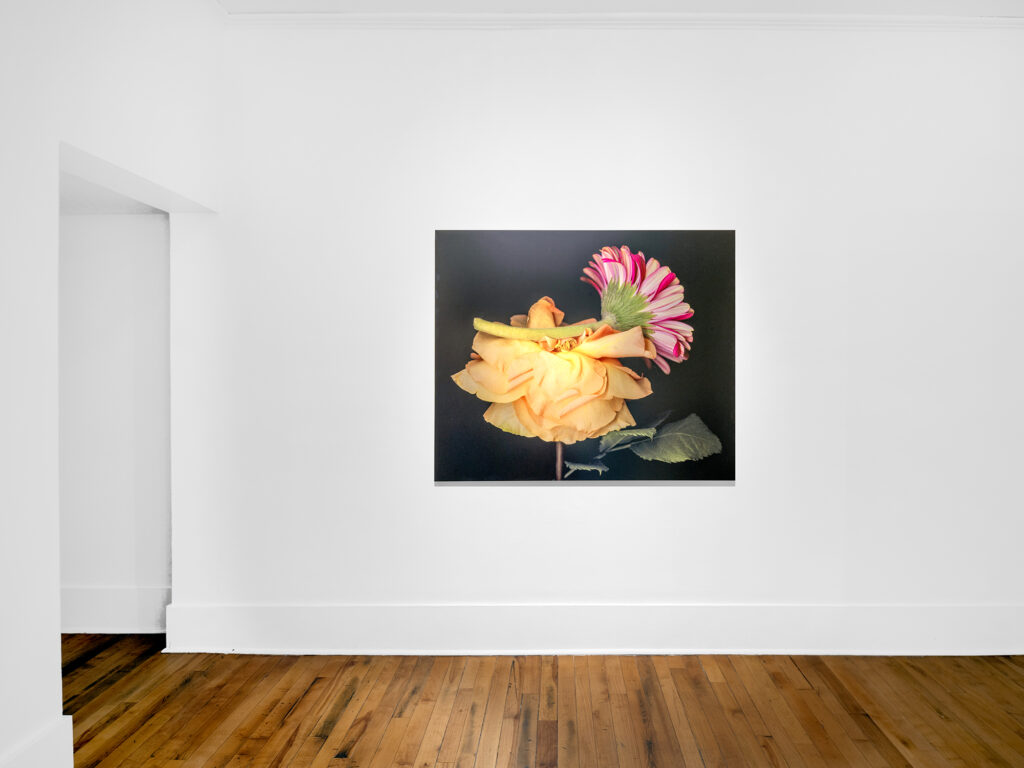
Kate Blacklock on view in Nature Morte (Sort Of) presented in PCG's Hunt-Cavanagh Gallery, 2022. Image: Scott Alario




